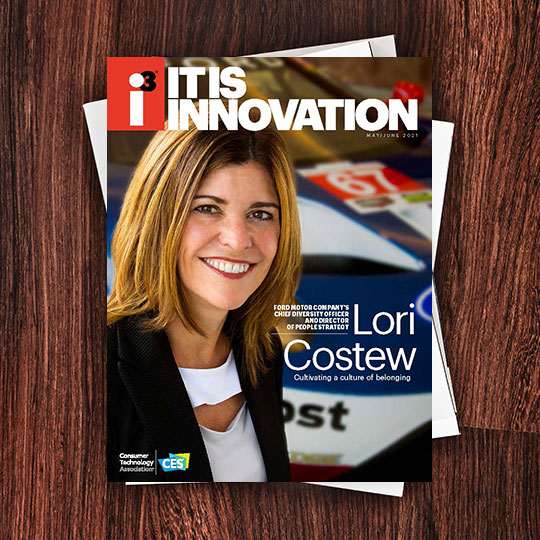Innovation is about changing people’s lives for the better. Self-driving vehicle technology will save thousands of American lives every year and millions globally. The vast majority (94%) of vehicle related fatalities and traffic accidents are attributable to human error. SDVs drastically reduce risks associated with both distracted and impaired driving, keeping our communities and loved ones safer. Enabling this technology to come to fruition will ensure safer and more sophisticated transportation options that save lives and protect America’s roadways.
Many of us take for granted our ability to travel freely and easily using personal vehicles. But for seniors and individuals with disabilities, mobility is a significant obstacle. SDVs promise to give these communities a new and transformative level of independence. More, for those in rural areas, SDVs provide mobility options for people that cannot access traditional public transit.
Automated transportation is vital to U.S. economic success. China is focusing on autonomous transportation as part of its high-tech infrastructure program, while the European Union and other nations are moving forward as well. The nation that wins this race will claim the high-skill jobs that SDVs will require, from the manufacturing of advanced sensors to the development of new artificial intelligence technologies. The U.S. has been a pioneer in the self-driving vehicle space and the right policies are important to maintain this competitive advantage.
Capturing the benefits of self-driving technology requires thoughtful collaboration between the public and private sector. As SDV technologies evolve, public policy must keep pace and adapt, with flexibility towards the future. One challenge facing autonomous transportation innovators is the growing patchwork of legislation and regulation across the U.S. Conflicting local rules delay self-driving vehicle testing and could ultimately hinder America’s global leadership. A federal regulatory framework that removes barriers and expedites rulemaking is essential to the advancement of autonomous technology. Opening the roads for testing will help to further develop the technology and make these vehicles safer.
Updating existing standards is essential to the rollout of this technology. The current Federal Motor Vehicle Safety Standards (FMVSS) were established when the driving task was assumed to be performed by a human, which limits and sometimes prevents the ability of self-driving innovators to make significant changes to vehicle design. Temporary exemptions can provide interim relief but are not a viable long-term solution. The National Highway Traffic Safety Administration needs to revise outdated standards before SDVs can be widely deployed.
Innovation can be embraced while simultaneously protecting public safety. In fact, both are essential. Updating and modernizing laws and rules is vital to realizing the beneficial uses of SDVs. Congress should pass a self-driving bill to enable broader testing and deploy automated technologies. A “technology neutral” approach is also critical to allow new innovators to enter the SDV space, develop safer technologies and provide greater efficiencies.
Self-driving vehicles are already making an impact, but — with close cooperation between government and the private sector — we are just at the beginning of an incredible road to innovation and improving lives

I3, the flagship magazine from the Consumer Technology Association (CTA)®, focuses on innovation in technology, policy and business as well as the entrepreneurs, industry leaders and startups that grow the consumer technology industry. Subscriptions to i3 are available free to qualified participants in the consumer electronics industry.